
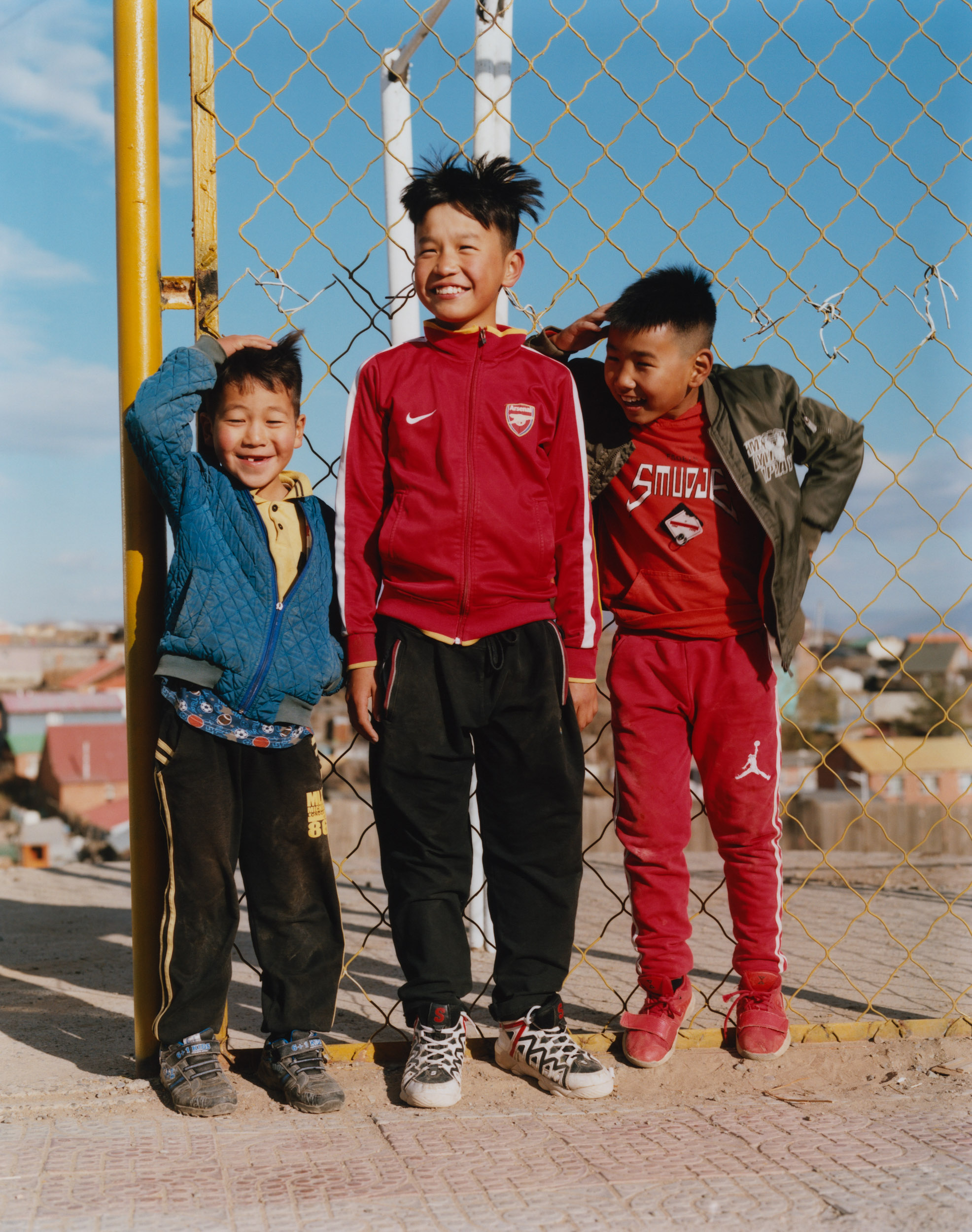

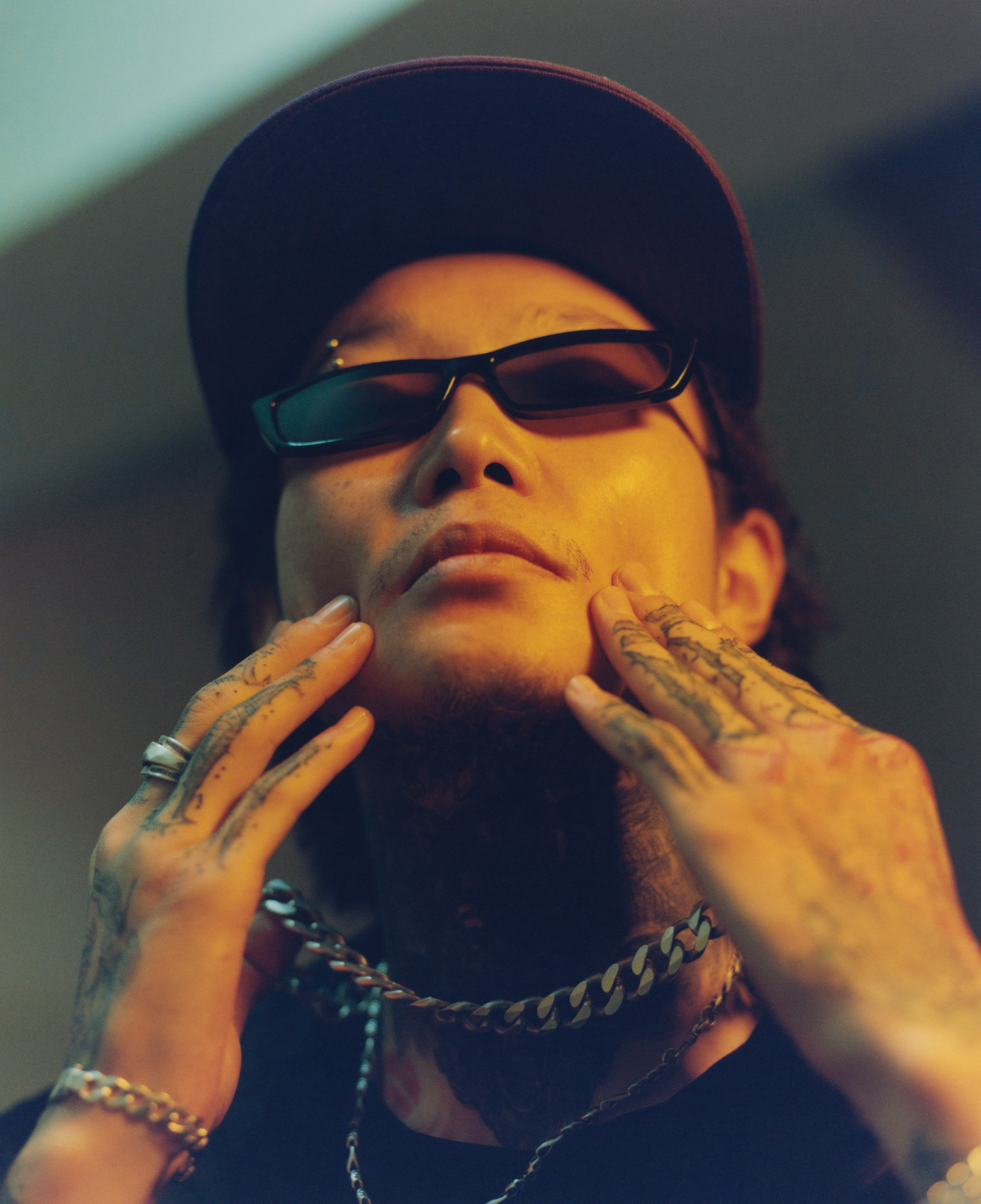
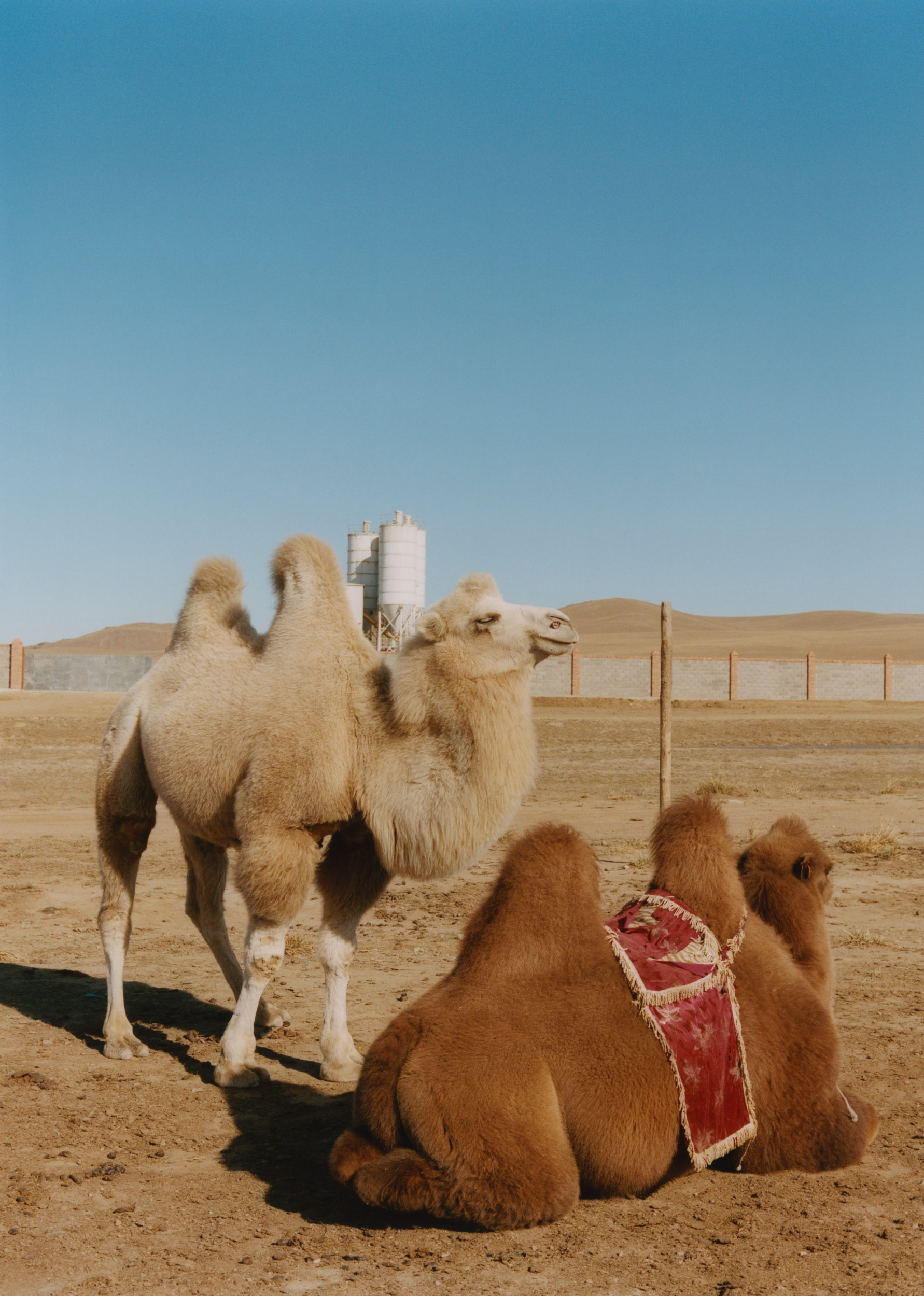

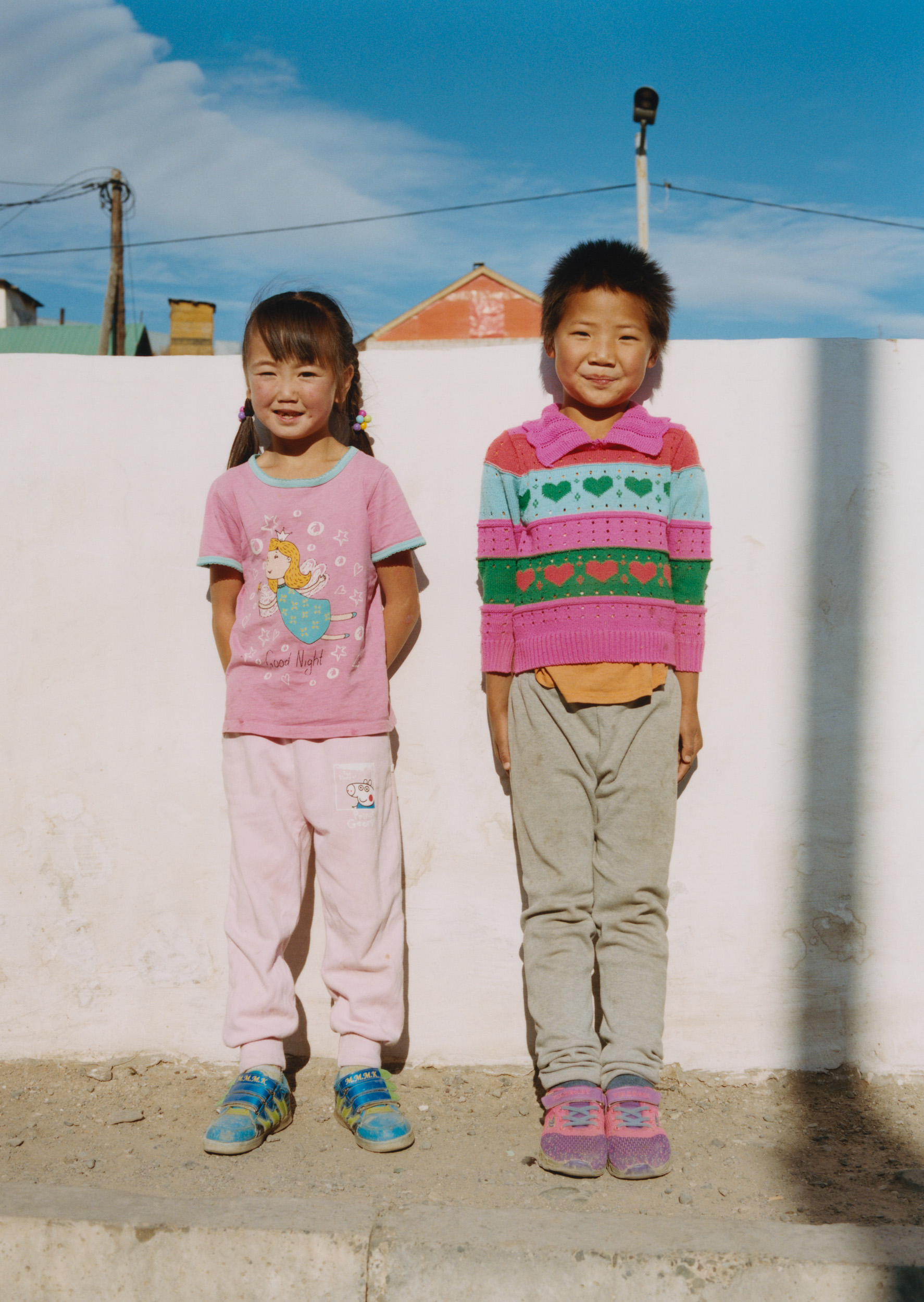
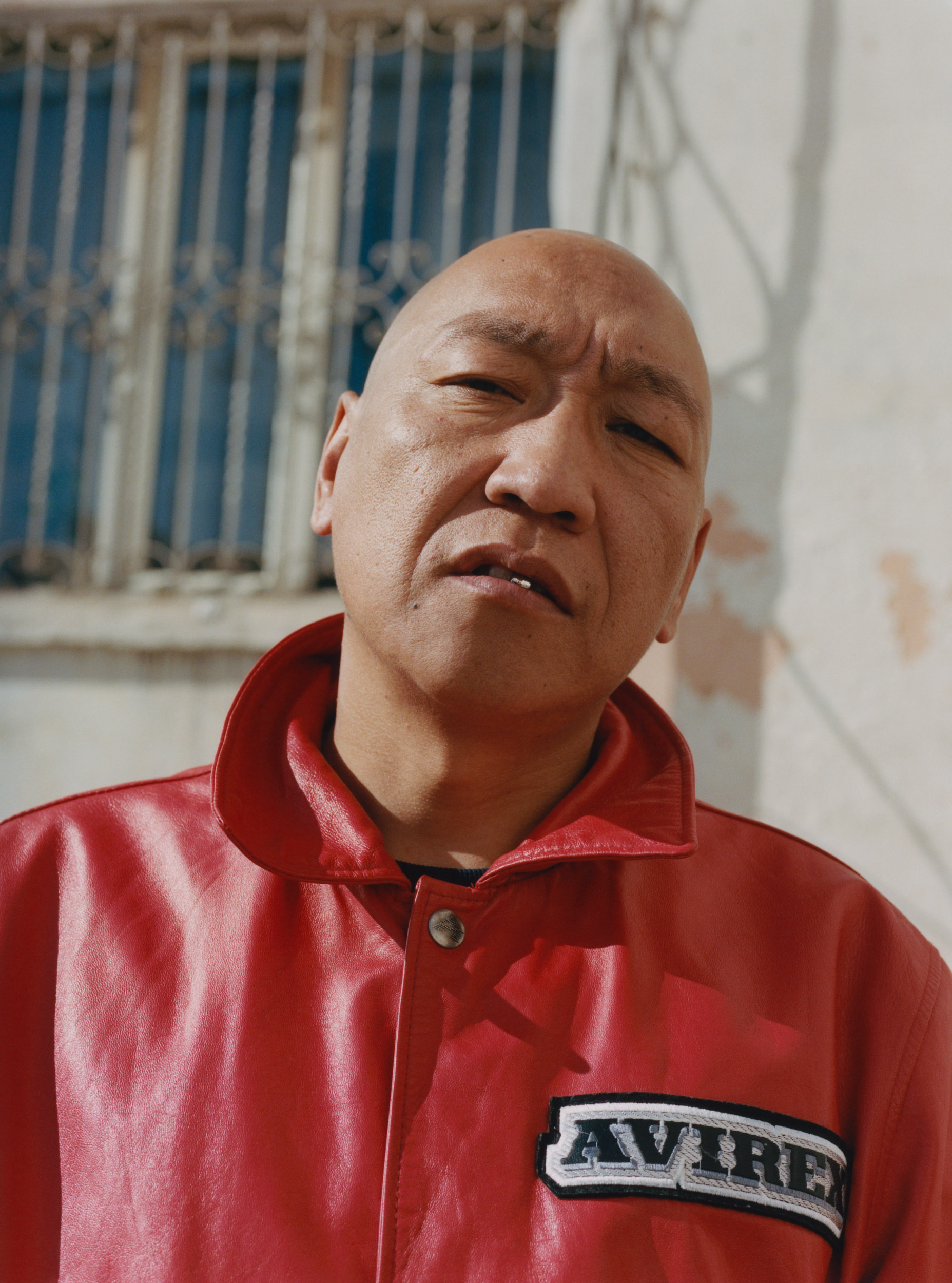
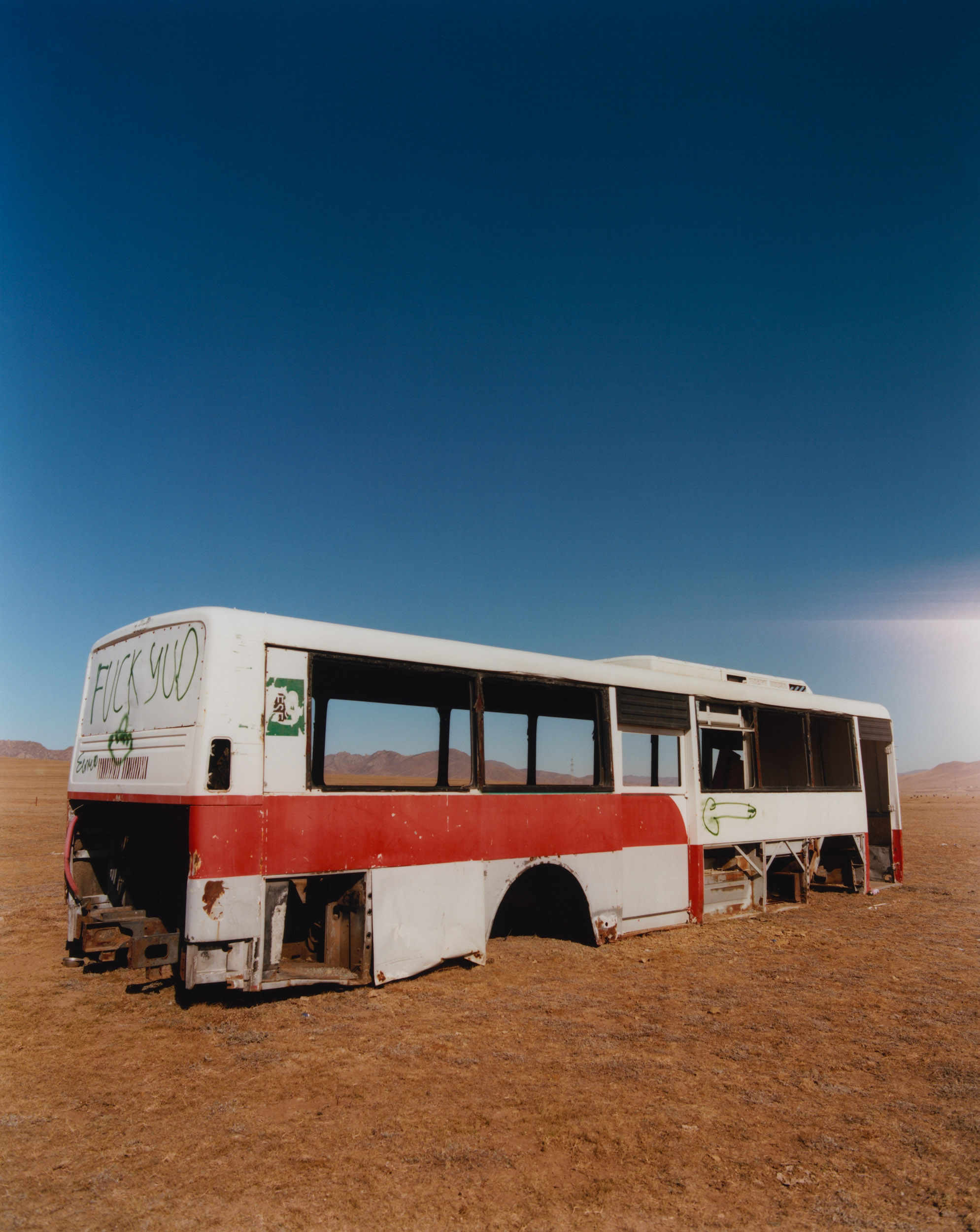
Linda Zhengová
Straight Outta Ulaanbaatar

Softcover, 104 pages, 210 x 297 mm
£20 / €22
In 2019, London-based photographer and film director Alex de Mora travelled to Ulaanbaatar, the capital of Mongolia. For his project ‘Straight Outta Ulaanbaatar’, he was particularly interested in documenting the city’s unrepresented hip-hop scene which exploded in Mongolia right after the fall of Communism in 1990. The Mongolian hip-hop scene was born soon after Western hip-hop production and the MTV network became available in Ulaanbaatar at the time.

‘Straight Outta Ulaanbaatar’ comprises of a book and a short film, providing a unique perspective on the city, its inhabitants and, more specifically, the local music scene. De Mora’s photographs portray Mongolian hip-hop celebrities, b-boys, record store owners, etcetera. In the book, these images are frequently edited in the forms of collages – overlaid with quotes stated by the artists, revealing what hip-hop means to them. Other graphical elements in the book further stress on the ‘urban’ atmosphere surrounding this scene.
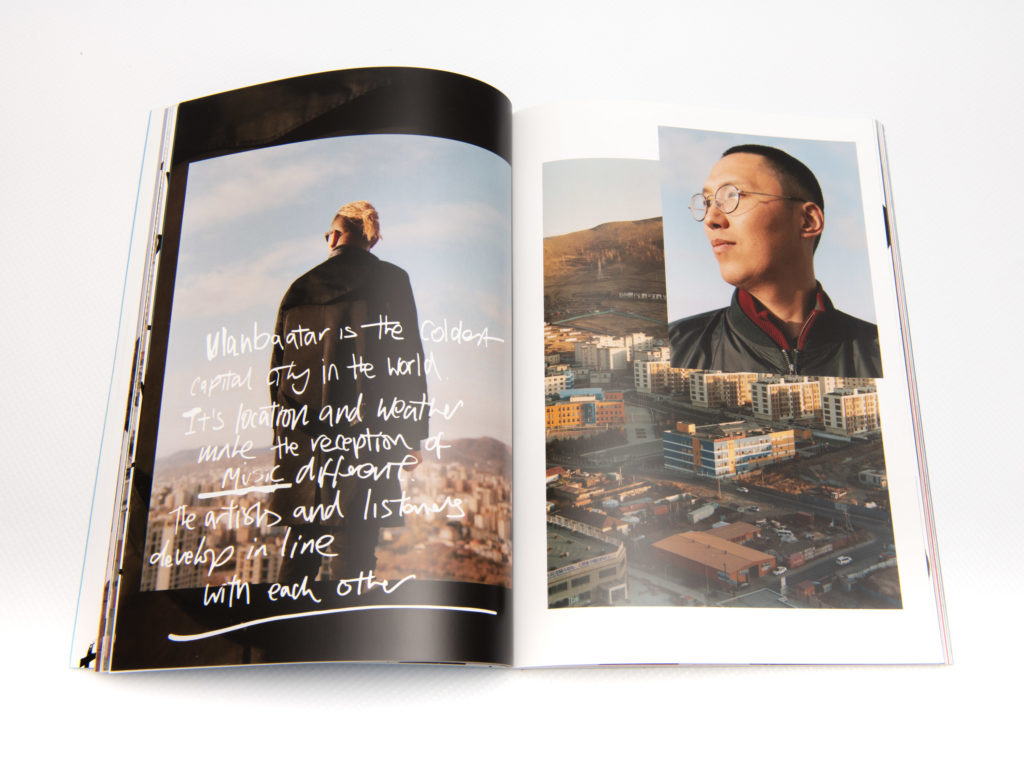
A large part of the publication is dedicated to Big Gee, Mongolia’s most prominent rapper who initially transformed his poems into raps on specific beats. He particularly gained popularity for the political aspect of his music – criticising the government’s corruption and management of natural resources – to which many locals can relate.
When the word Mongolia is mentioned, usually a nomadic way of life and the legacy of Genghis Khan are the first things that come to our mind. However, de Mora provides us with a fresh look on the country, escaping all the existing stereotypes we might have.
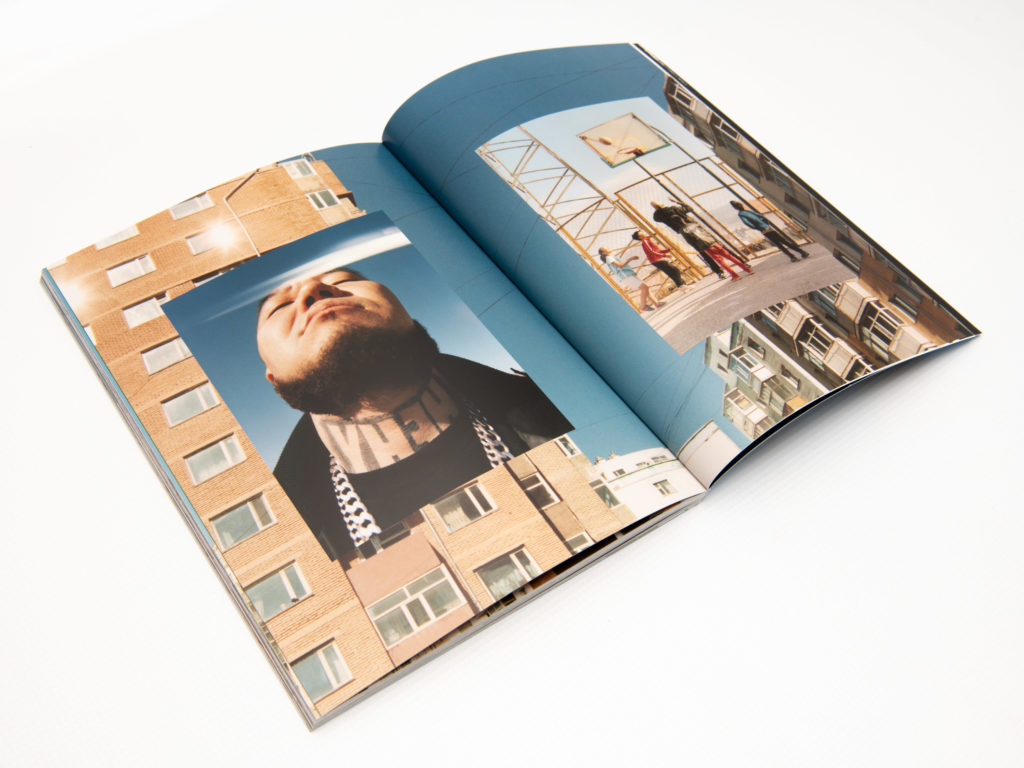
Due to the country’s harsh living conditions, Ulaanbaatar concentrates one-third of the country’s population despite the temperatures reaching up to – 40ºC during winter times. Additionally, there is a concerning level of air pollution because vast amounts of coal are being burnt during winter to keep people warm. Particularly, it is the ‘Ger’ districts consisting of traditional yurts and simple homes stretching across the highlands, where people have limited resources of water and electricity. Around 70% of Ulaanbaatar’s citizens live there, including Big Gee who himself grew up in this area.
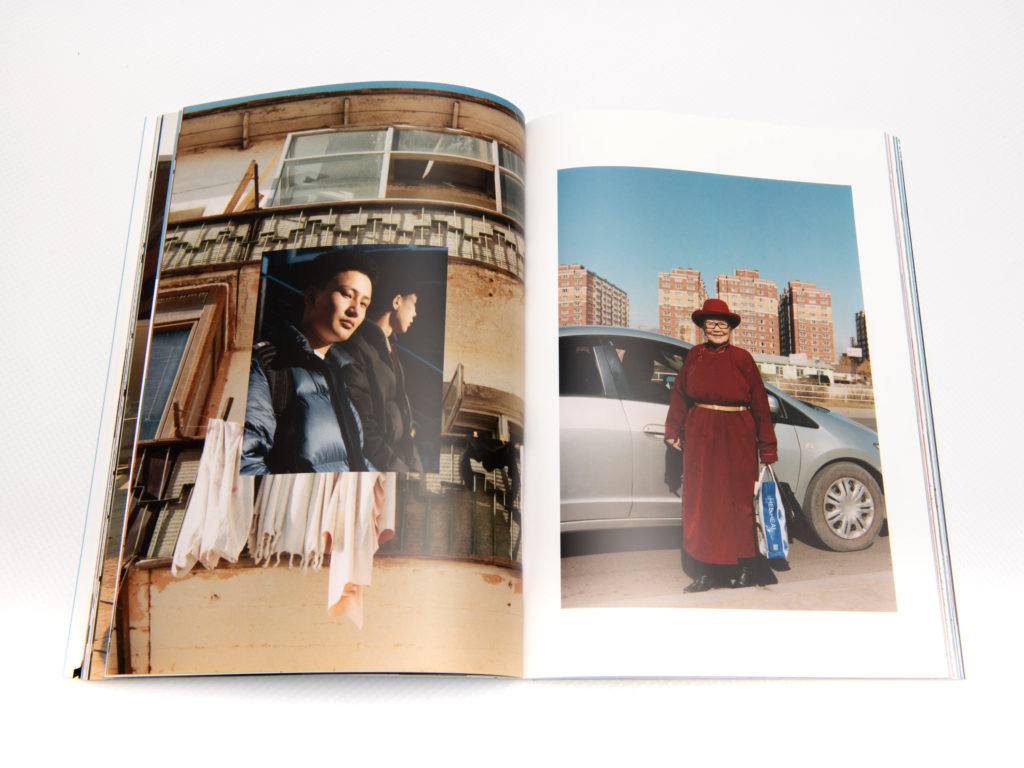
De Mora informs about this situation which thus explains the potential influence of the hip-hop scene – its influence on the local people, politics, and the country’s future. His photographs show a one-of-a-kind subculture with a strong sense of community and pride, gradually re-shaping the definition of what it means to be Mongolian.
You can purchase ‘Straight Outta Ulaanbaatar’ here.